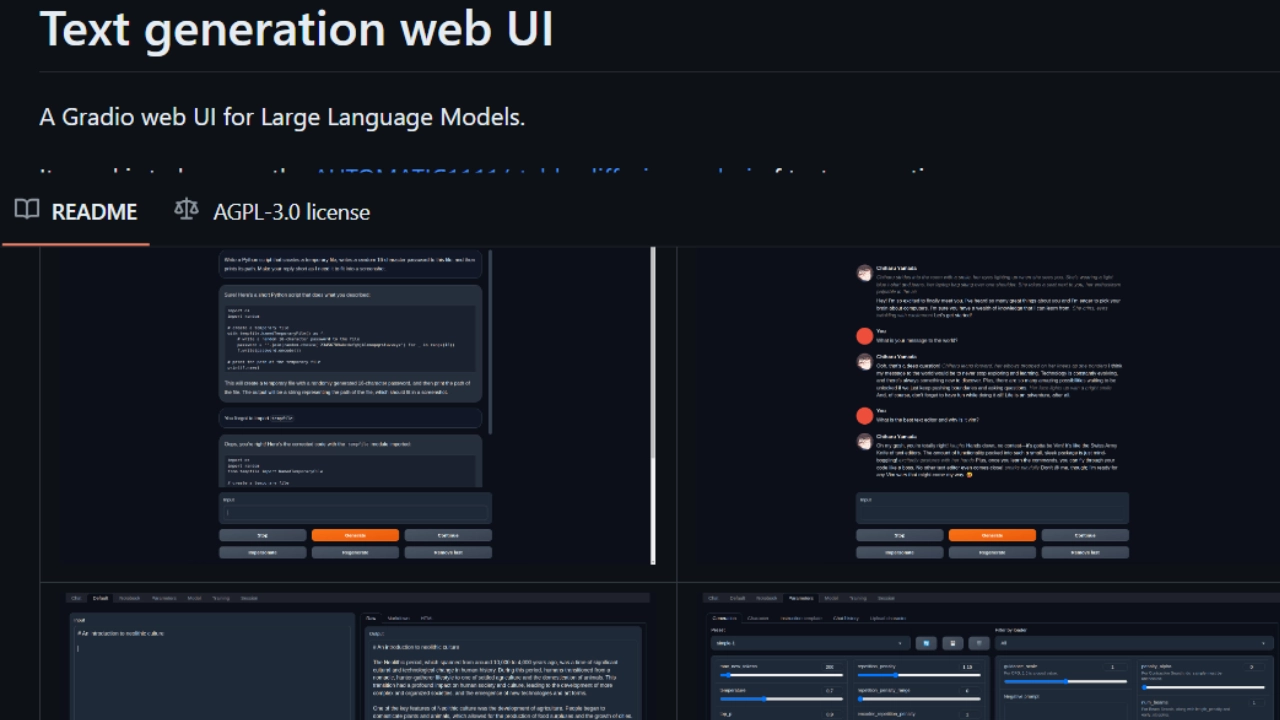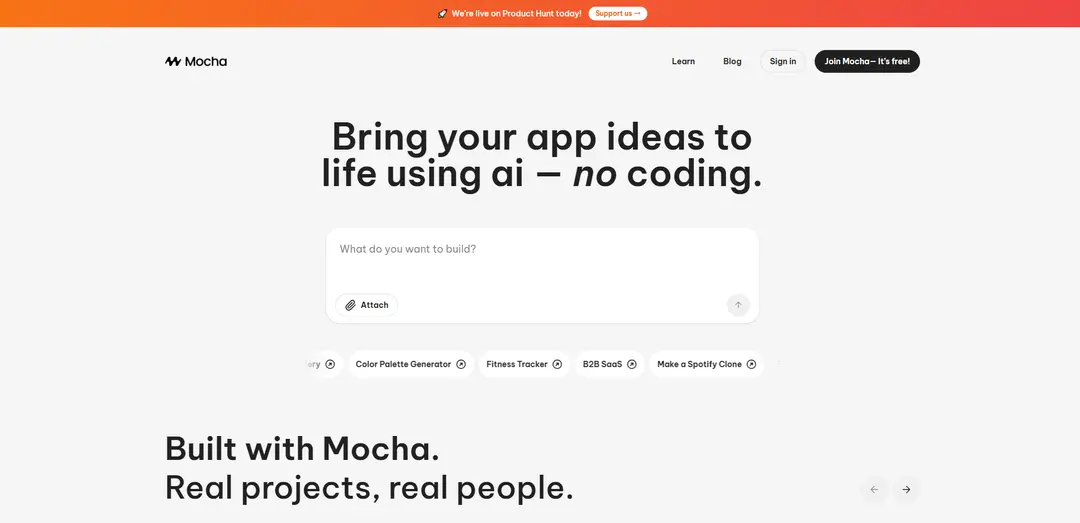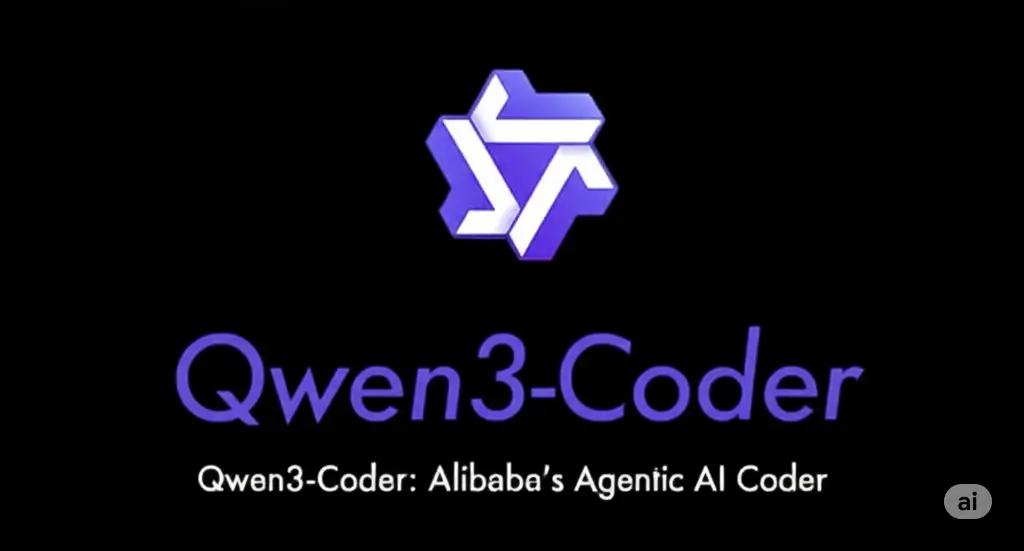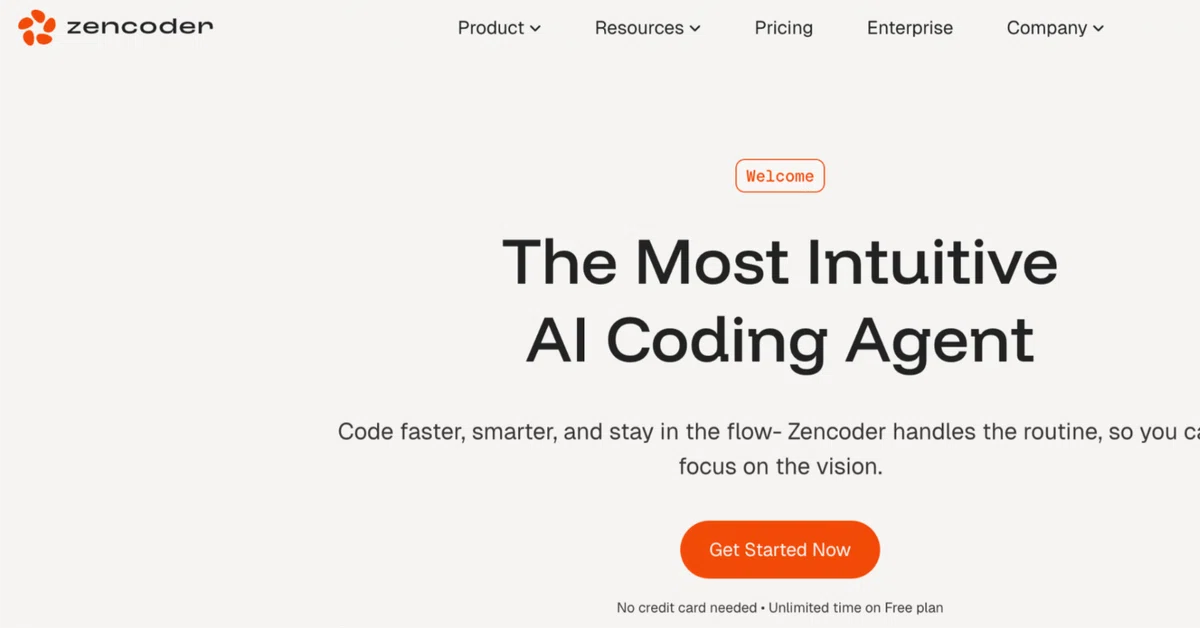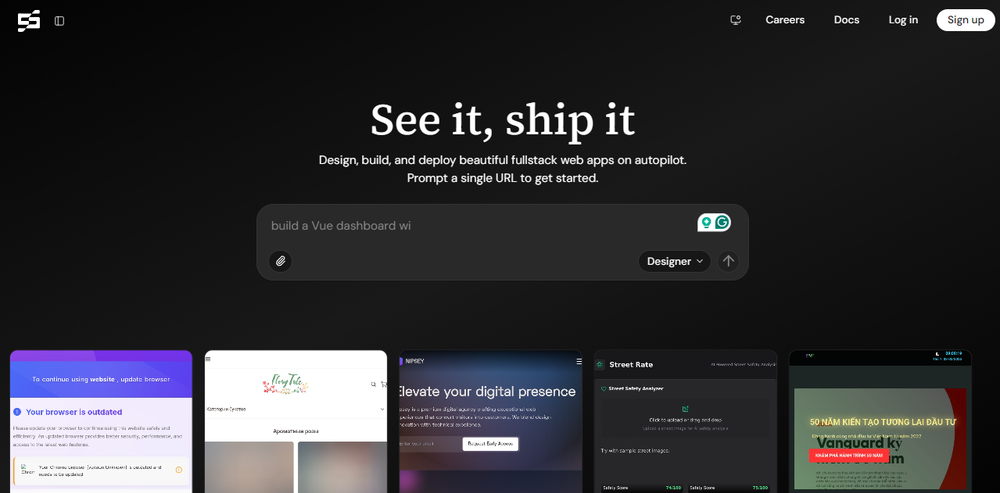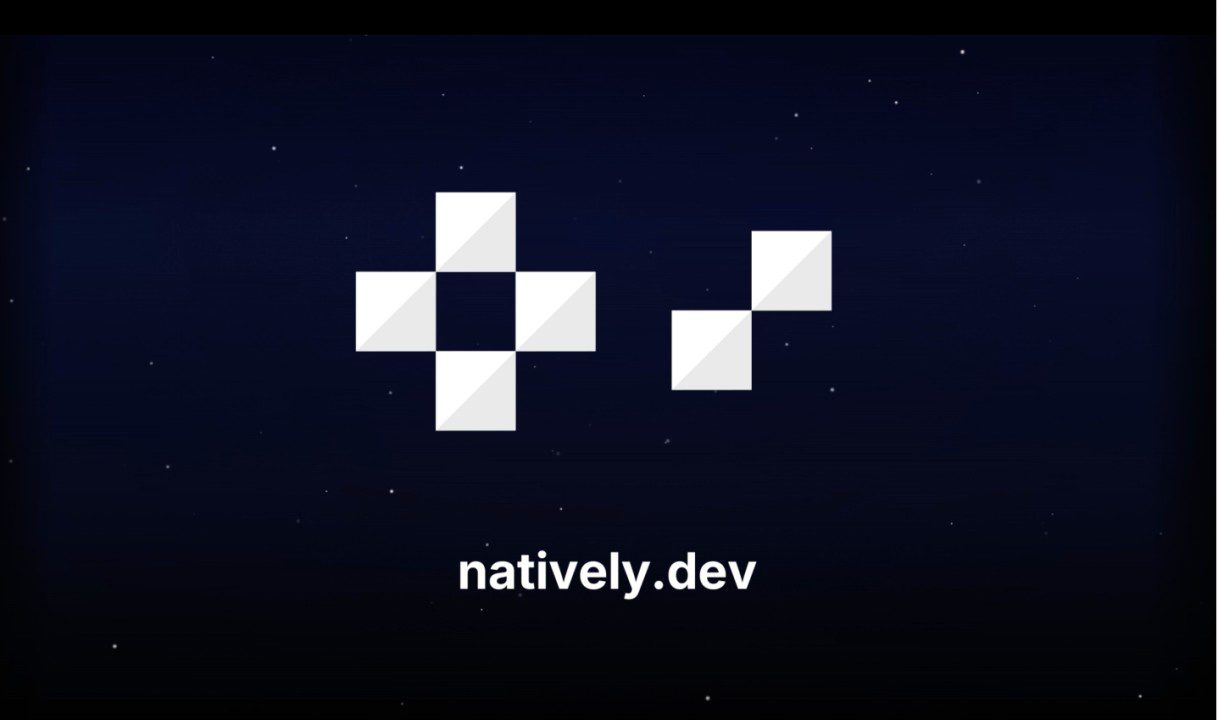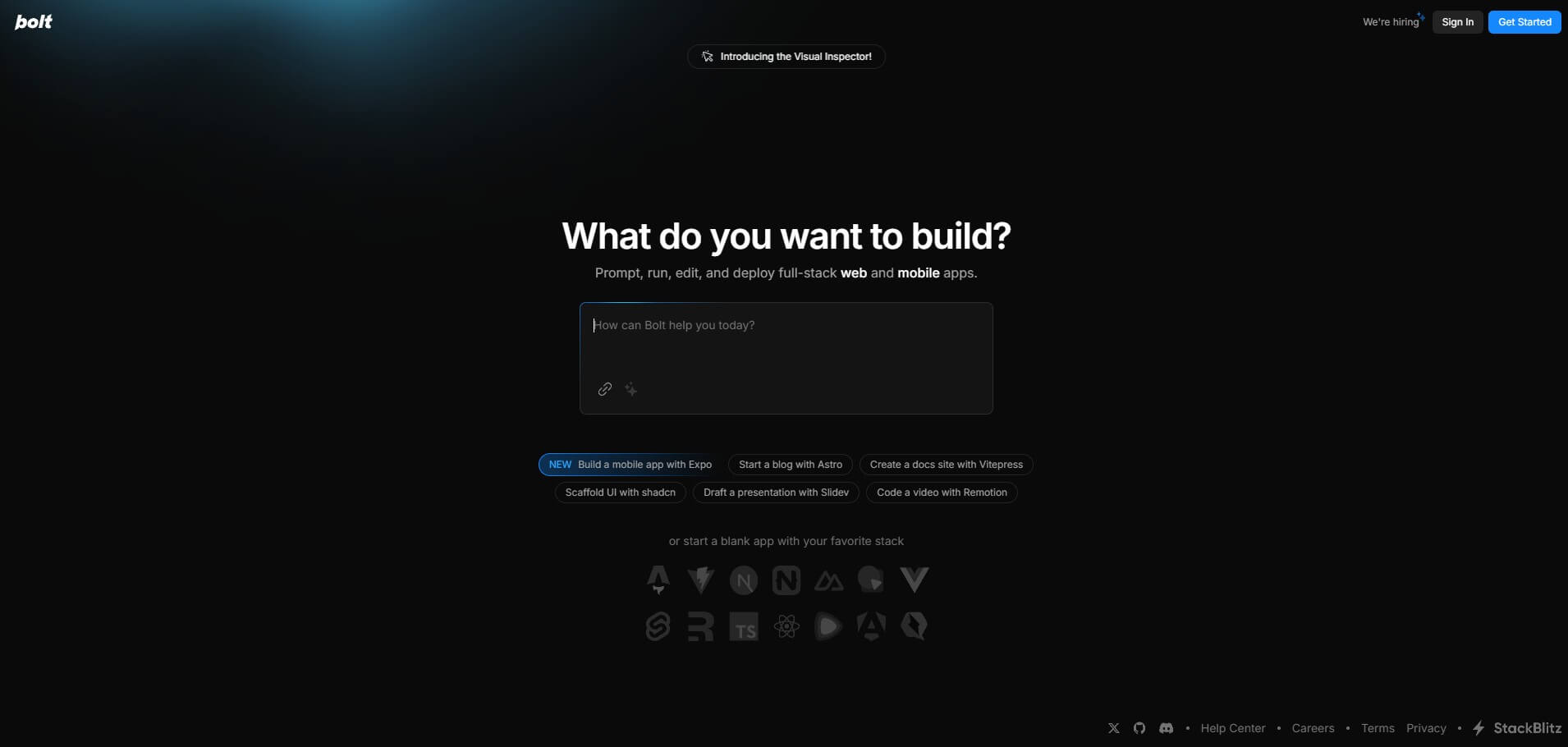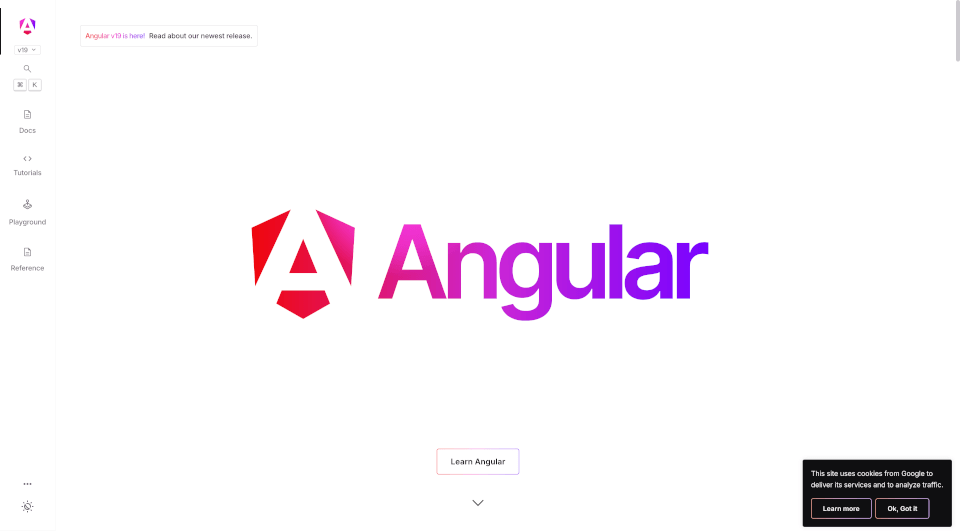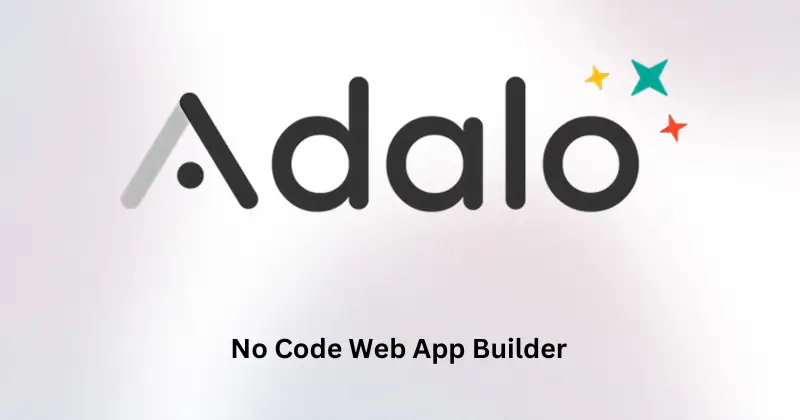Text Generation WebUI, designed as a Gradio interface, aims to be a versatile platform akin to AUTOMATIC1111/stable-diffusion-webui for text generation. It supports multiple model backends like Transformers, llama.cpp, ExLlamaV2, AutoGPTQ, and AutoAWQ, offering a convenient dropdown for model selection. Beyond basic functionality, it integrates extensions such as Coqui TTS for natural voice synthesis, Whisper STT for voice input, translation services, multimodal capabilities, vector databases, and seamless integration with Stable Diffusion.
The interface of Text Generation WebUI adapts to various user needs with three distinct modes: default layout with two columns, notebook mode, and a chat interface. It includes tailored templates for interaction with instruction-following models like Llama-2-chat, Alpaca, Vicuna, and Mistral, supporting conversations with customizable characters. Advanced users can utilize LoRA for training and deploying custom models with their own datasets, enabling dynamic generation capabilities directly within the UI.
Moreover, Text Generation WebUI serves as an OpenAI-compatible API server, featuring endpoints for both Chat and Completions. This functionality allows developers and researchers to seamlessly integrate their applications with powerful text generation capabilities, leveraging a robust and adaptable platform for diverse use cases.
